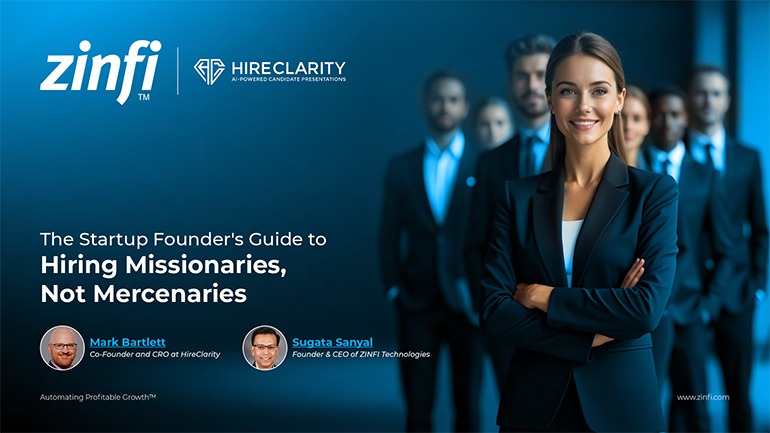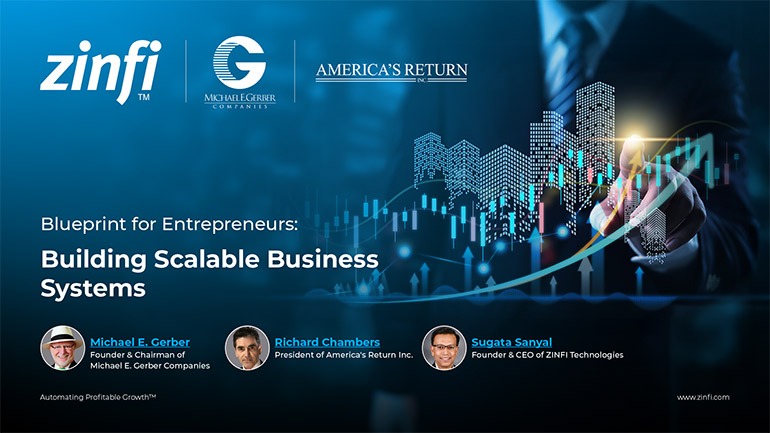The concept of the E-Myth did not begin as a formal theory but as a practical observation of a real-world problem. Michael Gerber recounts his early experience assisting his brother-in-law, Ace Remus, whose clients could not convert the leads created for them. When Michael met with one of these clients, he discovered that the business owner, a brilliant technician, did not understand what a business was. The client had no "selling system," leading to the realization that many startups are founded by technicians suffering from an entrepreneurial seizure, not true entrepreneurs. This initial discovery led Gerber to uncover the missing piece in the small business picture, culminating in his influential methodology.
Gerber’s exploration revealed a fundamental truth: the business itself is a product that must be designed, built, and launched with a clear system, much like a product or a service. The entrepreneur’s role is to act as the "imagineer," creating the foundational vision and structure for the enterprise. This vision is not just about the product but about creating a predictable and repeatable system that can be replicated successfully. The model for this, as Gerber explains, is a business format franchise, or a prototype, that can scale from a company of one to a company of a thousand. As articulated by the E-Myth, this system-level thinking became the core principle for his business development firm and all his subsequent work.
Richard Chambers’ journey was intertwined with Gerber’s. Richard worked for Gerber’s start-up for 7 years, starting as a technical consultant and ultimately running the client services organization responsible for the customer success of hundreds of small business programs. With a background in psycholinguistics, Richard later went on to start his own company, creating a "selling system" that used a common language for collaboration and co-selling. “The S.A.L.E.S.® System” has become an important standard in the IT partner ecosystem.













